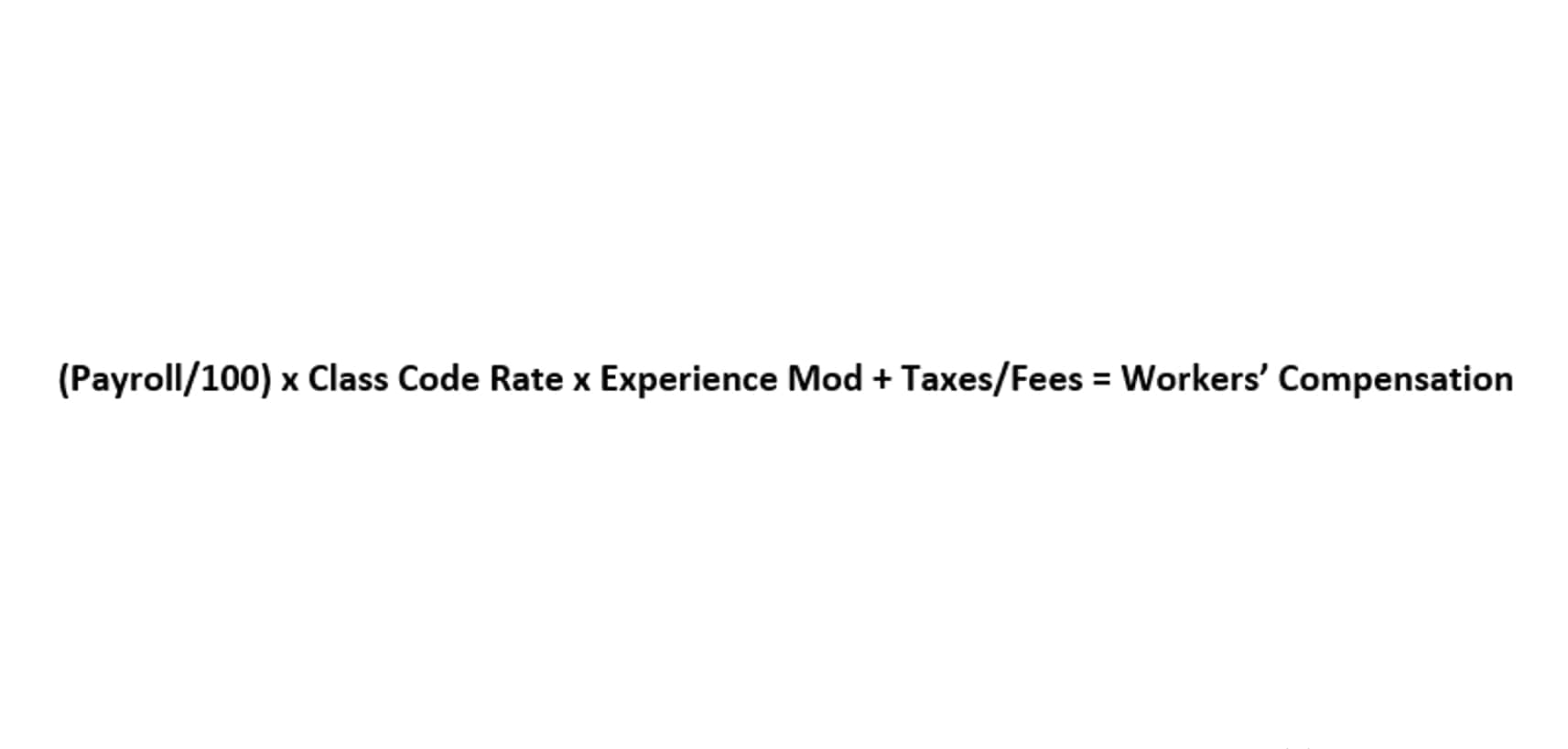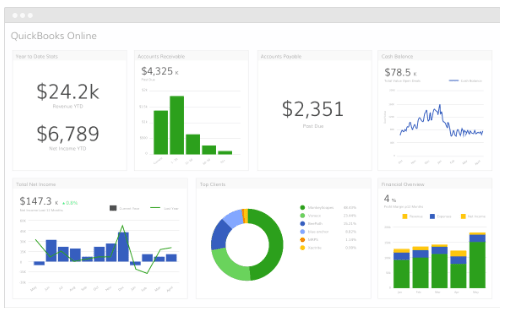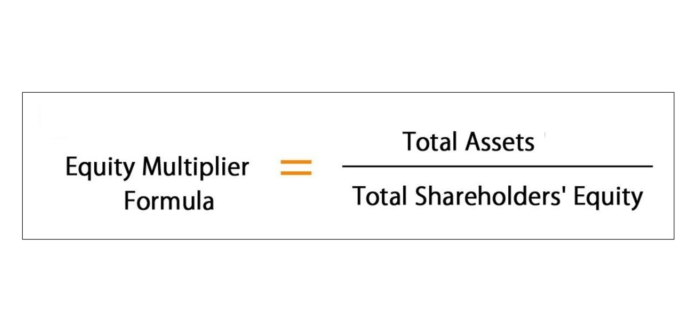Insurance Accounting Guide Deloitte US
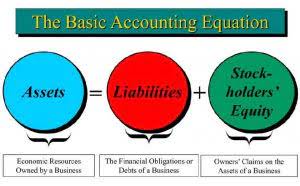
One of the most affected ratios is the current ratio, which measures a company’s ability to pay off its short-term liabilities with its short-term assets. By capitalizing insurance costs, a company can present a higher current ratio, as these costs are moved from the income statement to the balance sheet, reducing current expenses and potentially inflating the Bookkeeping for Veterinarians ratio. Adjusting entries at the end of an accounting period ensure that financial statements accurately reflect a company’s financial position. These entries update the balance of prepaid expenses, transitioning them from the balance sheet to the income statement as they become actual expenses. A business spends $12,000 in advance for liability insurance coverage for the next twelve months.
What is the normal balance of insurance expense?
- The process of capitalizing insurance costs involves adding these expenses to the balance sheet as an asset, rather than recording them as an immediate expense on the income statement.
- I have entered their figures into the free bookkeeping software called Manager so you can see the insurance journal entry in action.
- The amount of time a prepaid expense is reported as an asset should correspond with how long the payment will provide a benefit to the organization, usually up to 12 months.
- The objective of the amendments is to assist entities implementing the Standard, while not unduly disrupting implementation or diminishing the usefulness of the information provided by applying IFRS 17.
- At Finance Strategists, we partner with financial experts to ensure the accuracy of our financial content.
Thus, XYZ Ltd. would have to pay $2,66,417.54 as an insurance premium for the given year. The example is a bill of $1,000 for General Liability insurance and then two payments of $84. When payment is made, either in full or with monthly payments, the bill will decrease, which means the accounts payable account will decrease. In your bookkeeping software you will enter the full cost shown on the bill at the date of the bill. This journal would be used if your business has paid or will be paying a contractor to repair something.
What is your current financial priority?
- The amount of the insurance premiums that remain prepaid at the end of each accounting period are reported in the current asset account, Prepaid Insurance.
- This initial outflow is crucial to monitor, especially for businesses with tight cash flow margins, as it might necessitate strategic planning to ensure adequate funds remain accessible for day-to-day operations.
- Accountingcoach.com has a good example of accounting for payroll withholdings for health insurance.
- Let’s assume that a company is started on December 1 and arranges for business insurance to begin on December 1.
- I recommend checking with your client’s tax accountant because of the complexities around high value assets and costly damages.
Additionally, when prepaid expenses are amortized over their benefit period, they provide a predictable pattern of expense recognition, aiding in cash flow forecasting and budgeting. Organizations typically use a prepaid expense ledger to monitor the total amount of money spent on prepayments, when payments are due, and when they will be received. This helps ensure that companies are accurately accounting for their assets while also staying Certified Public Accountant up-to-date with any upcoming liabilities.
- This classification provides insight into a company’s short-term financial health and liquidity.
- Both FASB and IFRS stress the need for consistency in applying these principles, which helps maintain comparability across financial statements.
- For instance, if a company purchases a multi-year insurance policy, the cost of this policy can be capitalized and amortized over its useful life.
- Unexpired or prepaid expenses are the expenses for which payments have been made, but full benefits or services have yet to be received during that period.
- Since February 2020, there has been a dramatic shift in the operating environment of financial markets as a result of the increased volatility caused by the COVID-19 pandemic.
- The annual payment is usually cheaper than the total of the monthly payments as an incentive to pay the bill up-front, but small businesses often can’t afford this, so the providers offer the monthly option.
- Therefore, the insurance payments will likely involve more than one annual financial statement and many interim financial statements.
Life at Deloitte
Whether your business requires a traditional audit or accounting and reporting advisory services, Deloitte & Touche LLP’s Audit & Assurance practice works to deliver more than a static snapshot of the past. Since February 2020, there has been a dramatic shift in the operating environment of financial markets as a result of the increased volatility caused by the COVID-19 pandemic. Thus, the total insurance expense to be paid is $19,300 for the sum insured of $500,000.

Accounting Process for Prepaid or Unexpired Expenses
- Insurance expense is that amount of expenditure paid to acquire an insurance contract.
- These entries update the balance of prepaid expenses, transitioning them from the balance sheet to the income statement as they become actual expenses.
- Therefore, it is always advisable to incur the insurance expense considering the danger one faces and the requirements against the same.
- At the end of the year, there may be expenses whose benefits have been received but not paid for and expenses that may have been paid, but their benefit will appear in the next financial year.
- Capital expenditures (CapEx) are funds used to acquire, upgrade, or maintain long-term assets.
- The balance in this account will be combined with the balances in other prepaid expense accounts and will be listed on the balance sheet as prepaid expenses.
- This involves periodically transferring amounts from the prepaid expense account to the appropriate expense account, typically on a monthly basis.
When insurance costs are capitalized, total assets increase, which can lead to a lower ROA if net income does not increase proportionately. This can make a company appear less efficient in using its assets to generate profit, which might concern investors and analysts who closely monitor this metric. Capital expenditures (CapEx) are funds used to acquire, upgrade, or maintain long-term assets. These assets provide benefits over multiple accounting periods and are recorded on the balance sheet as assets. The payment of expense in advance increases one asset (prepaid or unexpired expense) and decreases another asset (cash).
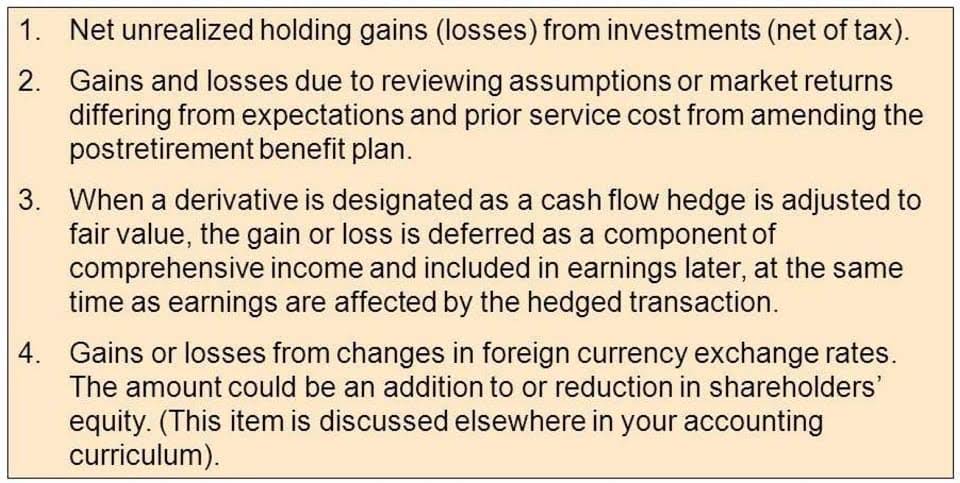
This is achieved by debiting the appropriate expense account and crediting the prepaid expense account. The periodic review and adjustment ensure that the financial statements are not overstated or understated, maintaining their reliability for stakeholders. Prepaid expenses appear on the balance sheet as current assets, indicating future economic benefits expected within a year. This classification provides insight into a company’s short-term financial health and liquidity. For example, if a business pays for a year’s insurance upfront, the prepaid amount is recorded as a current asset and gradually transitions to an expense as the coverage period progresses.
Managing Prepaid Expenses in Financial Reporting
I recommend avoiding doing this because these journal entries won’t give your client a true picture of their day to day results. I recommend checking with your client’s tax accountant because of the complexities around high value assets and costly damages. So when it comes to entering these transactions into the bookkeeping records of a business there are different journal entries to consider. With seamless integrations into popular accounting software and built-in VAT compliance, Alaan eliminates the need for manual effort, saving your team time and money. Instead, their value is spread out over several years as depreciation on your financial statements. Both involve spending money, but they serve different purposes and impact financial statements differently.
How long can prepaid expenses be reported as an asset?
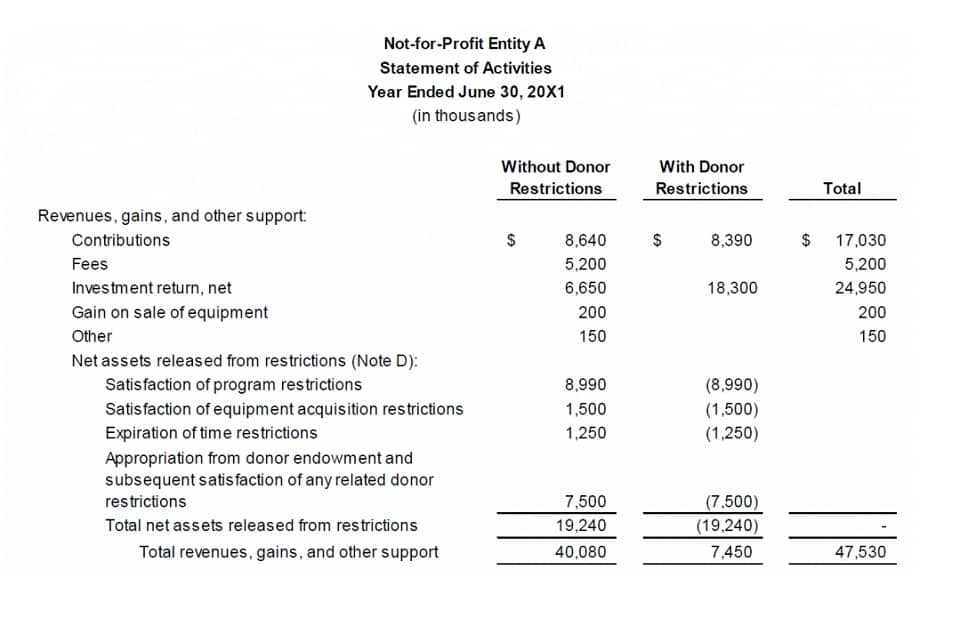
When a business makes a payment for a prepaid expense, the transaction is recorded by debiting the prepaid expense account and crediting the cash or accounts payable account. For example, when a company pays $12,000 upfront for a one-year insurance policy, the entry would debit the prepaid insurance account and credit cash for the same amount. A company’s property insurance, liability insurance, business interruption insurance, etc. often covers a one-year period with the cost (insurance premiums) paid in advance. The one-year period for the insurance rarely coincides with the company’s accounting year. Therefore, the insurance payments will likely involve more than one annual financial statement and many interim financial statements.

When the insurance premiums are paid in advance, they are referred to as prepaid. The amount of the insurance premiums that insurance expense accounting remain prepaid at the end of each accounting period are reported in the current asset account, Prepaid Insurance. The balance in this account will be combined with the balances in other prepaid expense accounts and will be listed on the balance sheet as prepaid expenses. The decision to capitalize insurance costs rather than expensing them immediately can significantly influence a company’s financial ratios, which are crucial indicators of financial health and performance.

